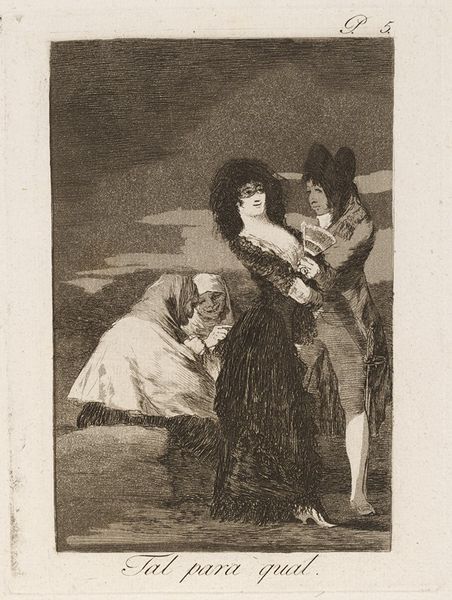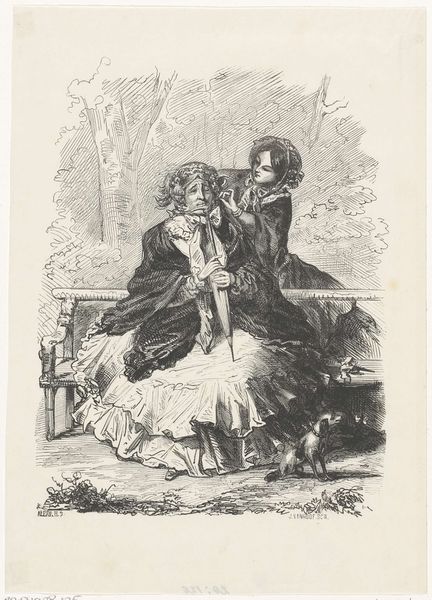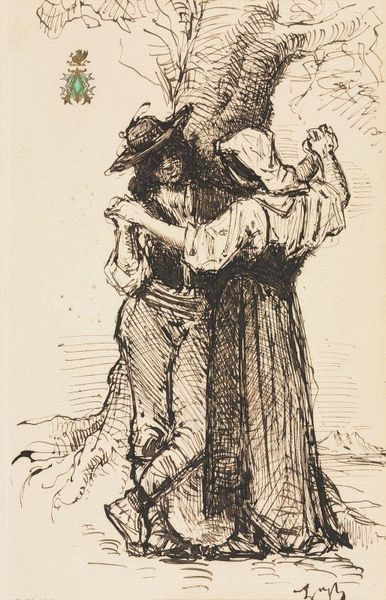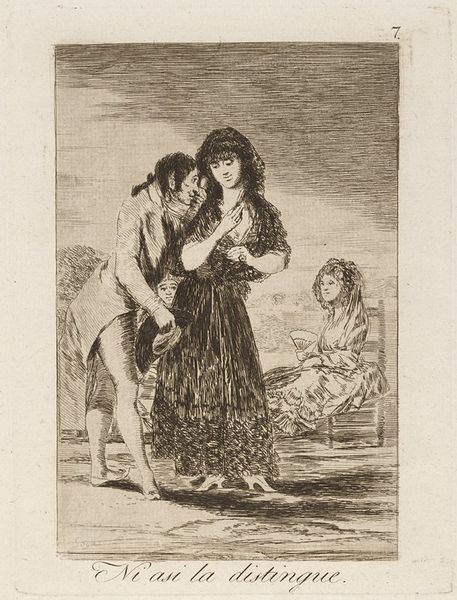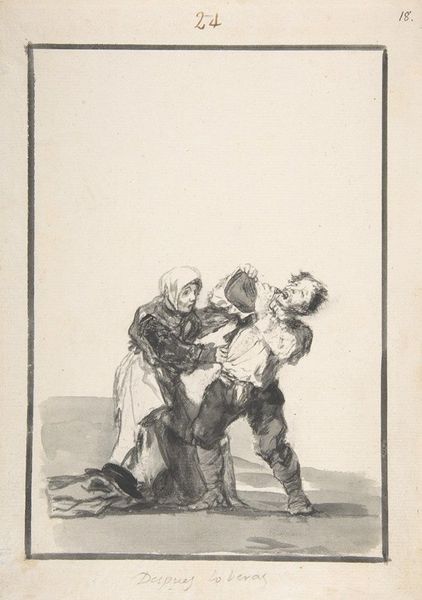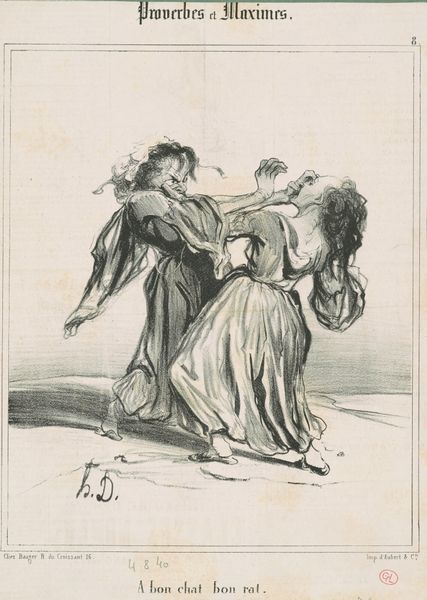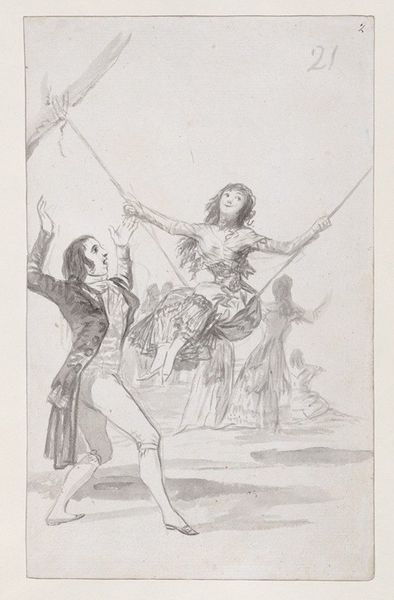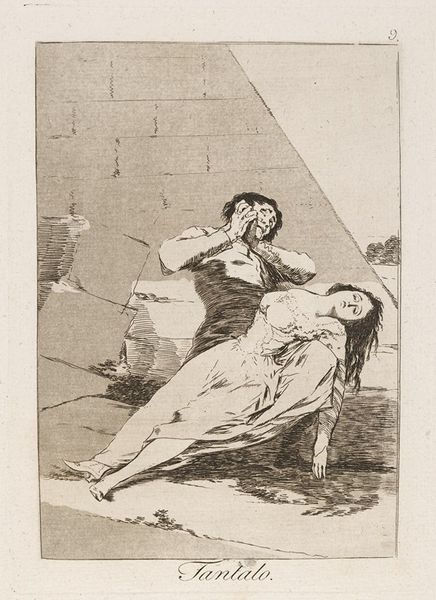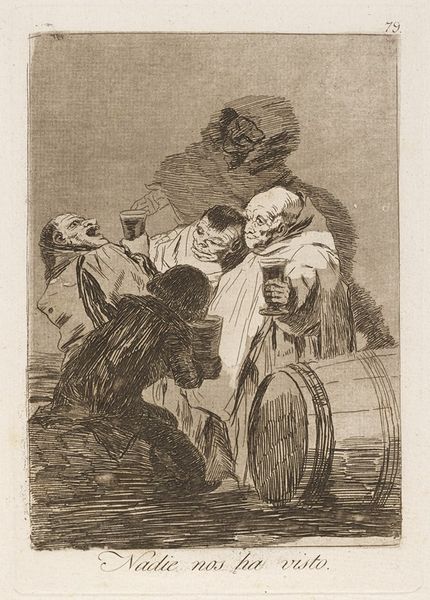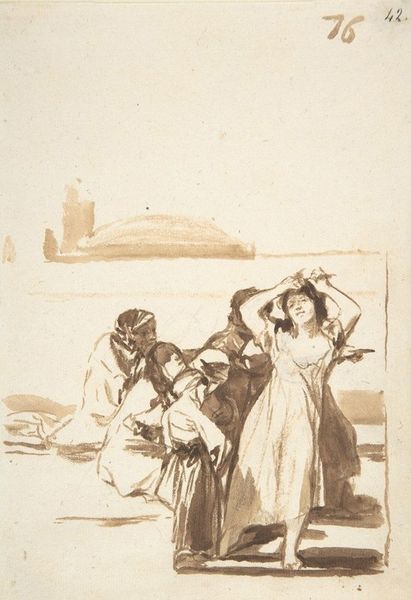
Young woman weeping and covering her face with her hands, accompanied by men 1795 - 1797
0:00
0:00
drawing, pencil, graphite
#
portrait
#
pencil drawn
#
drawing
#
charcoal drawing
#
figuration
#
pencil drawing
#
romanticism
#
pencil
#
graphite
#
genre-painting
Copyright: Public Domain: Artvee
Francisco de Goya rendered this graphite drawing portraying a young woman weeping and covering her face, attended by two men. This motif, the face obscured by hands, echoes through time. We see its ancient roots in depictions of mourning figures from antiquity, a primal gesture of grief and despair. This motif is not merely a physical action, but a potent symbol of inner turmoil, a visual echo resonating across cultures. Think of similar poses in Renaissance paintings depicting the deposition of Christ, where grief is palpable and visually striking. The very act of covering one's face suggests a desire for concealment, a retreat into the self. It speaks to the subconscious processes of memory and inherited emotional responses. Goya captures not just an individual's sorrow, but taps into a wellspring of collective human experience. The figure, shrouded in shadow, conveys an emotional intensity that transcends the immediate scene. This gesture resurfaces through art history, each time molded by the anxieties and passions of a new era. It reflects the cyclical nature of human emotion and its expression.
Comments
No comments
Be the first to comment and join the conversation on the ultimate creative platform.

